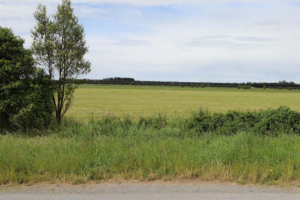Before we get to the latest from Energy News, a few aide memoires.
- The NZ Govt, in 2020, declared a Climate Emergency
- The NZ Govt is holding to a 100% renewable electricity target, despite being advised that the last couple percent are impossibly expensive and will hold back progress toward Net Zero by making electricity way too expensive.
- The NZ Govt set policy to prevent 'highly productive soils' from being put to other use. Submissions emphasizing that this mostly prevented conversion of dairy paddocks were ignored.
- The NZ Govt really doesn't like dairying on the Canterbury plains. It isn't just the methane, it's also the effects on aquifers and river quality.
Selwyn solar project declined consent
A major solar farm proposed in Canterbury has fallen foul of new planning rules designed to protect productive land.
Selwyn District Council’s appointed commissioner Anthony Hughes-Johnson KC declined Kea X’s application for resource consent for a 160 megawatt solar farm on the basis it should have been publicly notified but wasn’t.
Hughes-Johnson says given the size of the land – 258 hectares – and that it was highly productive with good soils, the consent application should have been open to more public scrutiny.
“I have formed the view that there is a wider effect which requires consideration, namely the effect on the district and the region of the loss of the opportunity for full productivity as a substantial area of land over an indefinite term,” he says.
Kea X – owned by parent company Kea Energy – wants to build a 160 MW solar farm in three stages across 258 hectares of rural farmland about 16 km southwest of Rolleston.
The company hoped it would launch stage one of the development – which would have generated 13.7 MW – this year. The second and third stages were expected in 2024 and 2025.
Managing director Campbell McMath says he’s not sure how the decision will affect those timelines, but the company will try again for the consent.


No comments:
Post a Comment